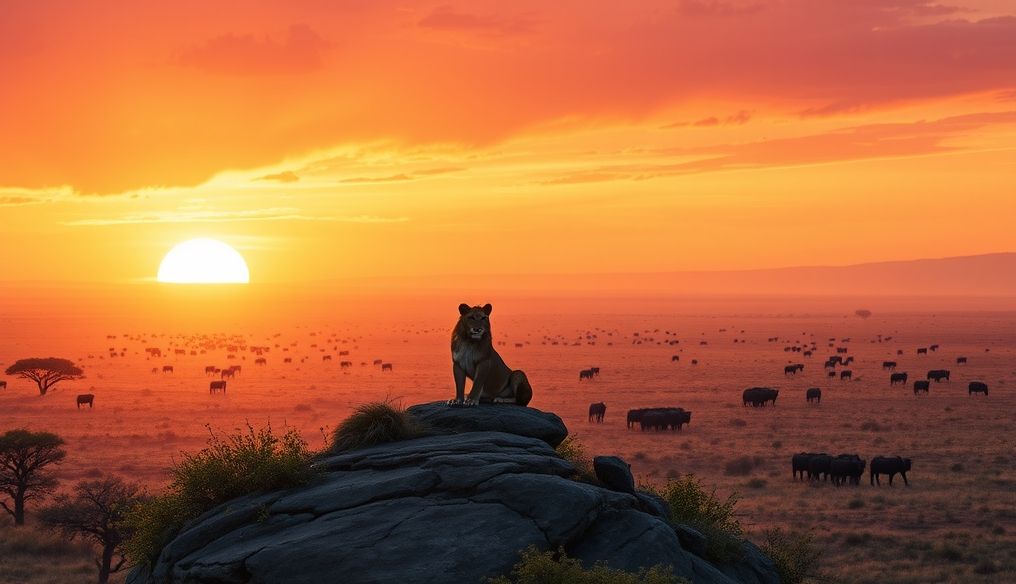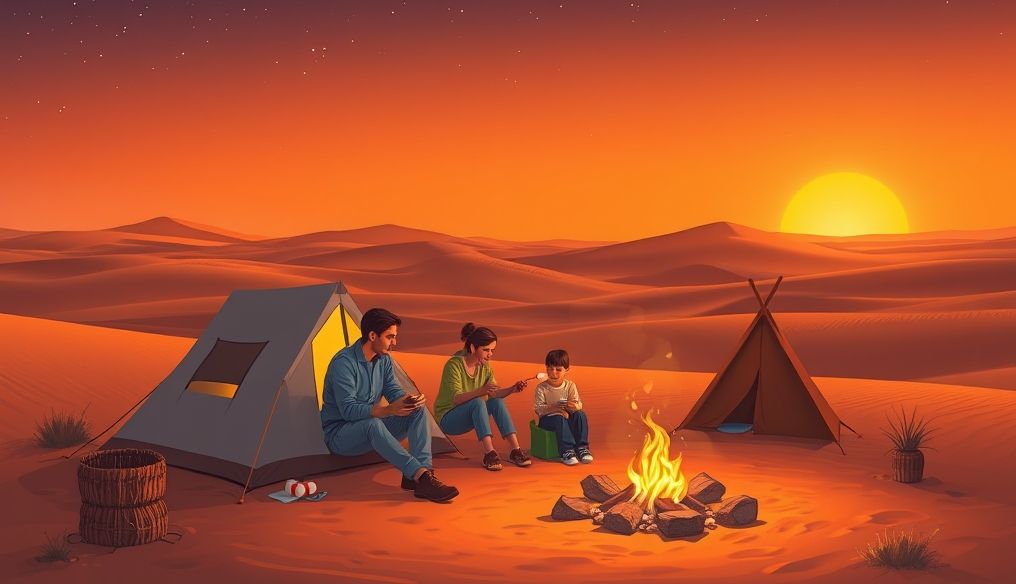What are the most beautiful natural reserves to visit around the world?
The world is full of natural wonders, and natural reserves are among the most inspiring and breathtaking places we can visit. These protected areas are not only exceptionally beautiful but also play a crucial role in preserving biodiversity and protecting endangered species. In this article, we will explore some of the most beautiful natural reserves around the world, highlighting what makes them unique and special.
1. Serengeti National Park, Tanzania
Serengeti National Park in Tanzania is one of the most famous natural reserves in the world and a must-visit destination for wildlife enthusiasts. Serengeti is renowned for the Great Migration of wildebeest, where millions of wildebeest, zebras, and gazelles roam across the plains in search of green pastures. Additionally, the park is home to a diverse range of predators such as lions, leopards, and hyenas.
Why should you visit Serengeti?
- To witness the Great Migration of wildebeest.
- To enjoy thrilling safari tours.
- To discover the rich biodiversity of East Africa.
2. Yellowstone National Park, USA
Yellowstone National Park in the United States is the world's first national park and is known for its stunning geothermal features, including hot springs, geysers, and mud volcanoes. Yellowstone is also home to a diverse range of wildlife, including grizzly bears, wolves, and bison.
Yellowstone Highlights:
- The famous Old Faithful geyser.
- Grand Prismatic Spring, the largest hot spring in the United States.
- Grand Canyon of the Yellowstone, a deep canyon with breathtaking scenery.
3. Amazon Rainforest, South America
The Amazon Rainforest is the largest rainforest in the world, spanning across nine countries in South America. The Amazon is home to countless plant and animal species and plays a crucial role in regulating the global climate. The Amazon faces serious threats due to deforestation, mining, and agriculture.
Discover the magic of the Amazon:
- Take a trip on the Amazon River.
- Explore the rich biodiversity of the rainforest.
- Learn about the indigenous cultures that live in the Amazon.
4. Great Barrier Reef, Australia
The Great Barrier Reef in Australia is the largest coral reef system in the world and is home to thousands of species of fish, coral, and other marine creatures. The Great Barrier Reef is a UNESCO World Heritage Site and faces serious threats due to climate change and water pollution.
Enjoy the beauty of the Great Barrier Reef:
- Go snorkeling or diving to explore the coral reefs.
- Enjoy a boat trip to see marine life.
- Learn about conservation efforts to protect the Great Barrier Reef.
5. Kruger National Park, South Africa
Kruger National Park in South Africa is one of the largest natural reserves in Africa and is home to a diverse range of wildlife, including lions, elephants, leopards, rhinos, and buffalo (the Big Five). Kruger offers an unforgettable safari experience in the heart of Africa.
Why choose Kruger?
- To see the "Big Five" in their natural environment.
- To enjoy self-drive or guided safari tours.
- To discover the rich biodiversity of South Africa.
6. Galapagos Islands, Ecuador
The Galapagos Islands in Ecuador are a unique volcanic archipelago known for their stunning biodiversity. The Galapagos Islands played a crucial role in the development of Charles Darwin's theory of evolution. The islands are home to a diverse range of endemic species, including giant tortoises, marine iguanas, and penguins.
Explore the wonders of Galapagos:
- Take a cruise to explore the different islands.
- See the unique endemic species.
- Learn about the history of the islands and their scientific significance.
7. Banff National Park, Canada
Banff National Park is located in the Canadian Rockies and is known for its stunning scenery, including turquoise lakes, snow-capped mountains, and dense forests. Banff is a popular destination for hiking, camping, and skiing.
Enjoy the beauty of Banff:
- Visit Lake Louise with its turquoise waters.
- Enjoy a hike in the Canadian Rockies.
- Relax in the natural hot springs.
8. Komodo National Park, Indonesia
Komodo National Park in Indonesia was established to protect the Komodo dragon, the largest lizard in the world. In addition to the Komodo dragon, the park is home to a diverse range of other marine and terrestrial species.
Discover the magic of Komodo:
- See the Komodo dragon in its natural environment.
- Enjoy snorkeling or diving in the clear waters.
- Explore the stunning landscapes of the island.
9. Masai Mara National Reserve, Kenya
Masai Mara National Reserve in Kenya is an extension of the Serengeti National Park in Tanzania and is also known for the Great Migration of wildebeest. Masai Mara is home to a diverse range of predators such as lions, leopards, and hyenas, as well as many species of birds.
Why choose Masai Mara?
- To witness the Great Migration of wildebeest.
- To enjoy thrilling safari tours.
- To learn about the culture of the local Masai tribe.
10. Fiordland National Park, New Zealand
Fiordland National Park is located on the South Island of New Zealand and is known for its stunning scenery, including deep fjords, cascading waterfalls, and dense rainforests. Fiordland is a popular destination for hiking and kayaking.
Enjoy the beauty of Fiordland:
- Take a cruise in Milford Sound.
- Enjoy hiking in the rainforest trails.
- See the cascading waterfalls from the towering mountains.
Conclusion
Natural reserves around the world are true treasures that deserve exploration and protection. From the vast plains of the Serengeti to the dense rainforests of the Amazon, these places offer unique and unforgettable experiences. By visiting these reserves, we can learn more about the biodiversity of our planet and the importance of preserving it for future generations.




